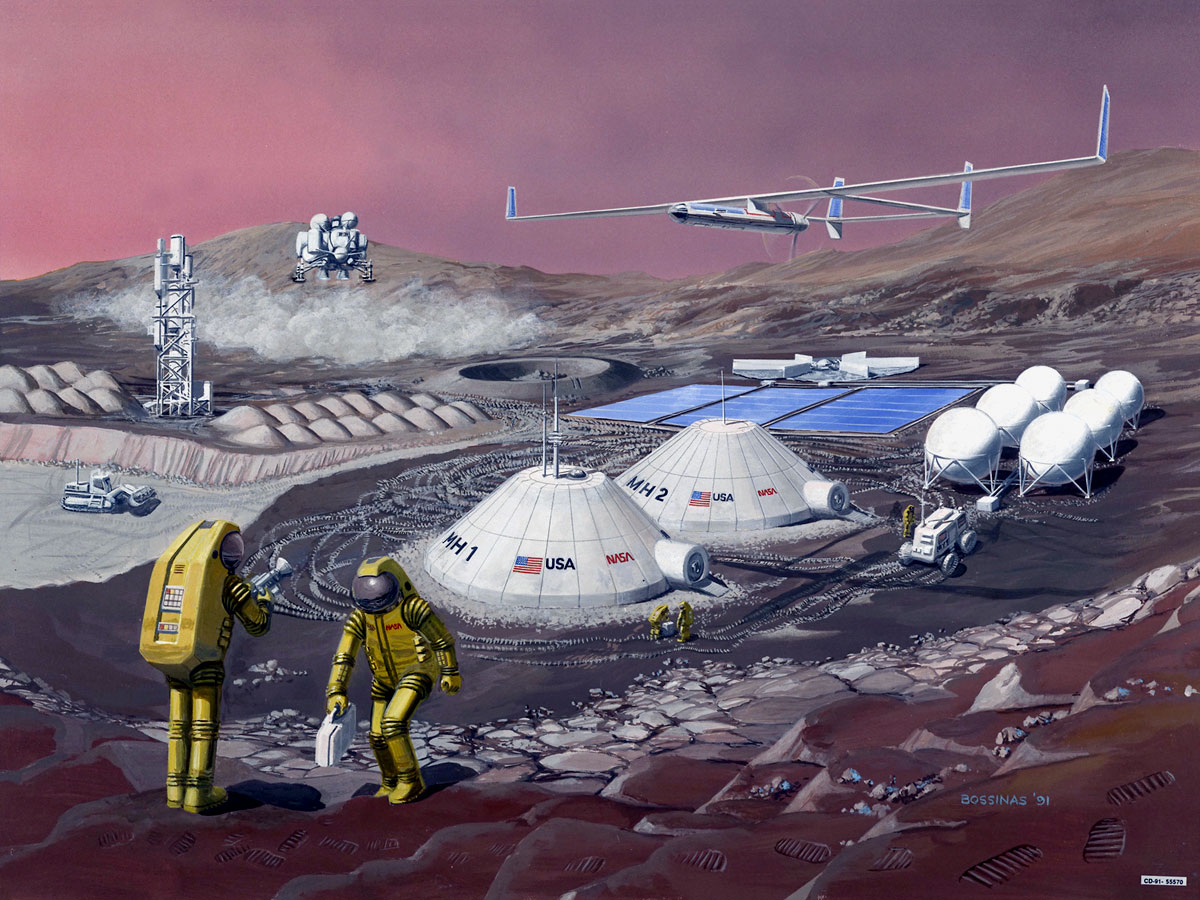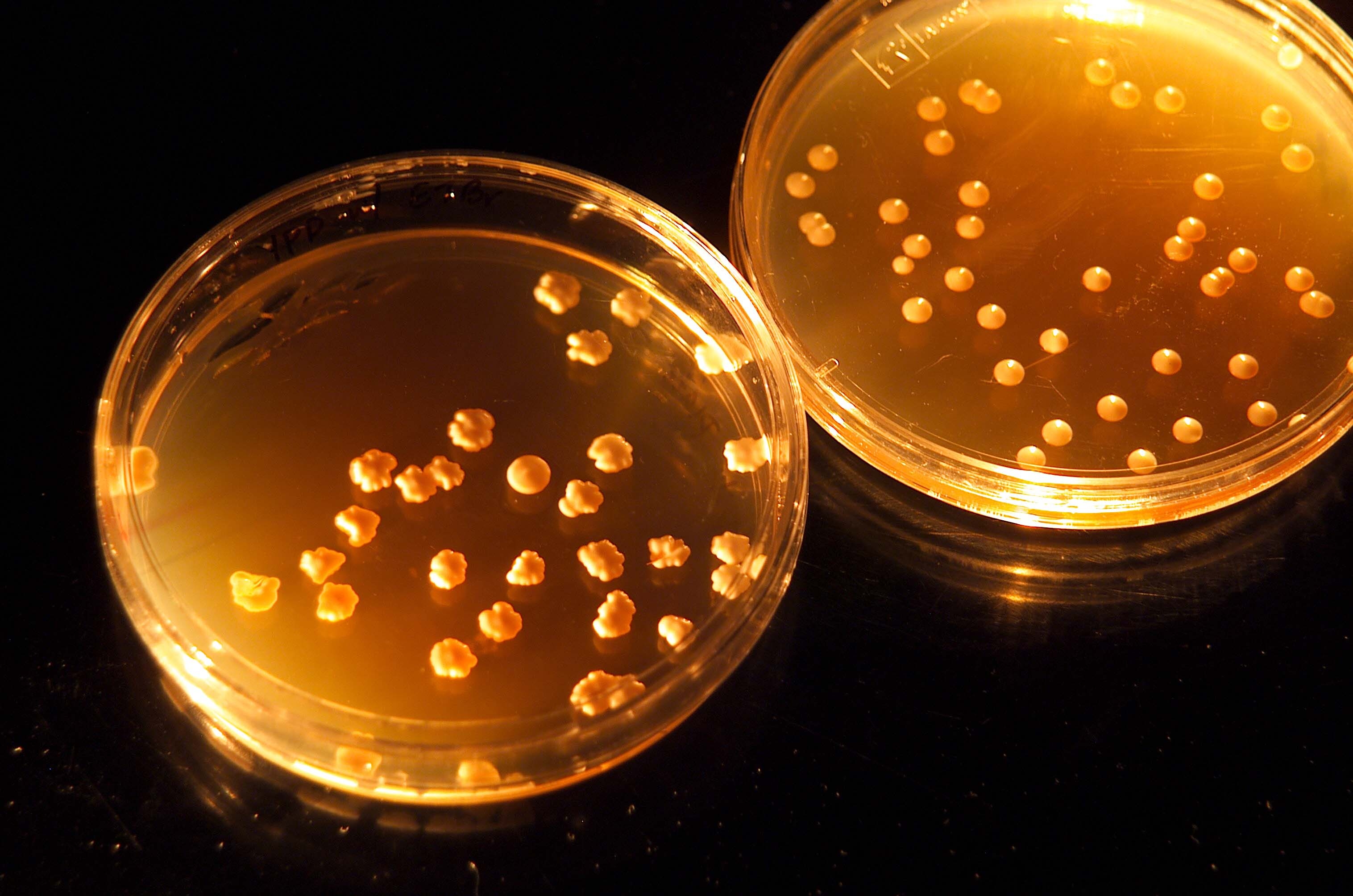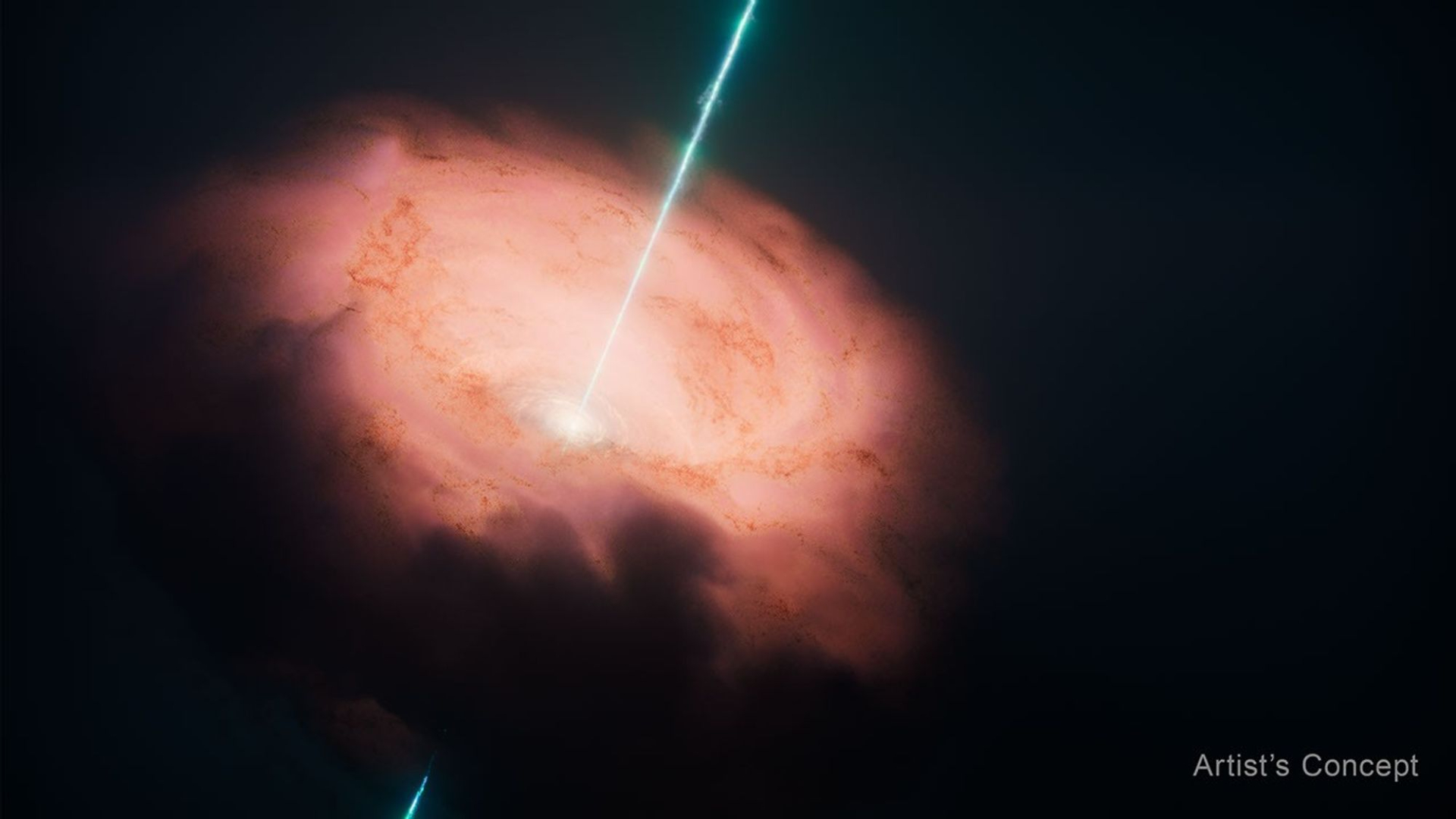NASA Funds 2 New Research Institutes to Help Humanity Explore Deep Space

NASA will spend up to $30 million over the next five years to set up and support two new institutes dedicated to helping humanity extend its footprint out into the solar system.
The two Space Technology Research Institutes (STRIs) — each of which will receive up to $15 million of NASA funding over a five-year "period of performance" — will aim to develop new technologies in the fields of biomanufacturing and materials, agency officials said.
"These university-led, multidisciplinary research programs promote the synthesis of science, engineering and other disciplines to achieve specific research objectives with credible expected outcomes within five years," Steve Jurczyk, associate administrator for NASA's Space Technology Mission Directorate, which is funding both STRIs, said in a statement. [NASA's Top 10 Innovations of All Time]
"At the same time, these institutes will expand the U.S. talent base in areas of research and development with broader applications beyond aerospace," Jurczyk added.
One of the new STRIs — the Center for the Utilization of Biological Engineering in Space, or CUBES — will focus on using microbes to make food, fuel, materials and pharmaceuticals. Such a biomanufacturing system could make astronauts more self-sufficient when they voyage through deep space or set up outposts on distant worlds, NASA officials said.
CUBES will be led by Adam Arkin, a professor of bioengineering at the University of California, Berkeley. Utah State University; the University of California, Davis; Stanford University; Autodesk; and Physical Sciences Inc. will be partner organizations.
The other STRI, the Institute for Ultra-Strong Composites by Computational Design (US-COMP), will aim to develop a superstrong and extremely lightweight new aerospace material based on carbon-nanotube technology.
Breaking space news, the latest updates on rocket launches, skywatching events and more!
US-COMP will be led by Gregory Odegard of Michigan Technological University, in partnership with Florida State University, the University of Utah, the Massachusetts Institute of Technology, Florida A&M University, Johns Hopkins University, the Georgia Institute of Technology, the University of Minnesota, Pennsylvania State University, the University of Colorado and Virginia Commonwealth University. Nanocomp Technologies and Solvay are industrial partners, and the U.S. Air Force Research Laboratory will be a collaborator.
Though CUBES and US-COMP are devoted primarily to advancing space technology, the work of both institutes could find applications on terra firma, NASA officials said. For example, CUBES plans to use carbon dioxide as a base for its materials manufacturing; the technology may therefore prove useful for managing this greenhouse gas in Earth's atmosphere. And the new materials developed by US-COMP could make their way into a variety of products, agency officials said.
Follow Mike Wall on Twitter @michaeldwall and Google+. Follow us @Spacedotcom, Facebook or Google+. Originally published on Space.com.

Michael Wall is a Senior Space Writer with Space.com and joined the team in 2010. He primarily covers exoplanets, spaceflight and military space, but has been known to dabble in the space art beat. His book about the search for alien life, "Out There," was published on Nov. 13, 2018. Before becoming a science writer, Michael worked as a herpetologist and wildlife biologist. He has a Ph.D. in evolutionary biology from the University of Sydney, Australia, a bachelor's degree from the University of Arizona, and a graduate certificate in science writing from the University of California, Santa Cruz. To find out what his latest project is, you can follow Michael on Twitter.

